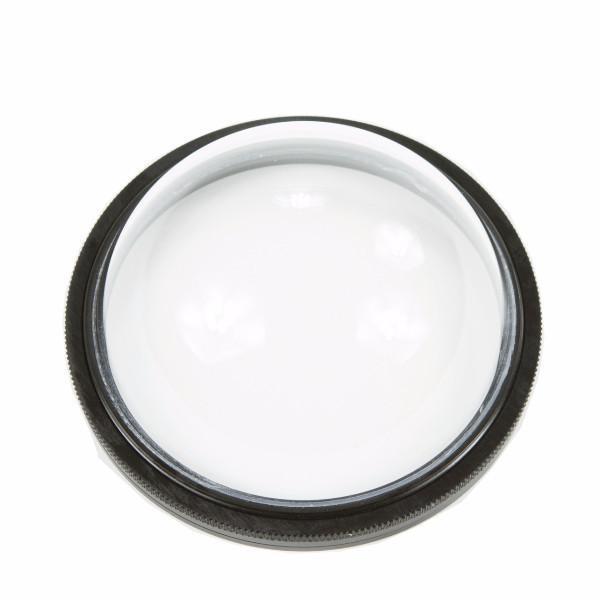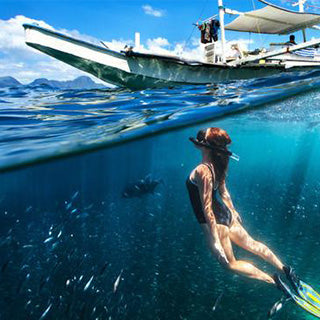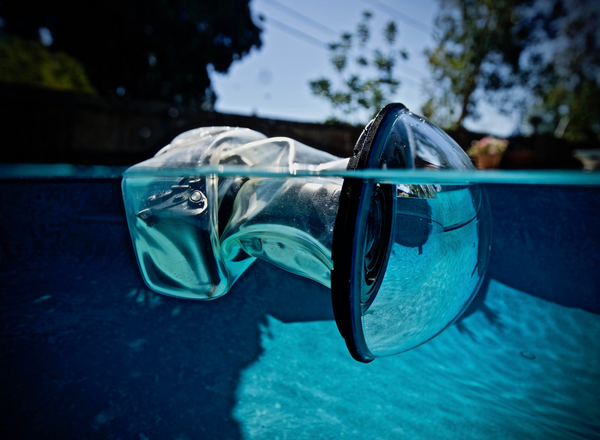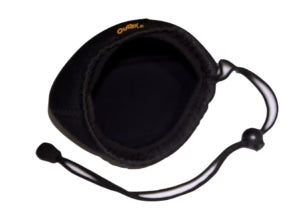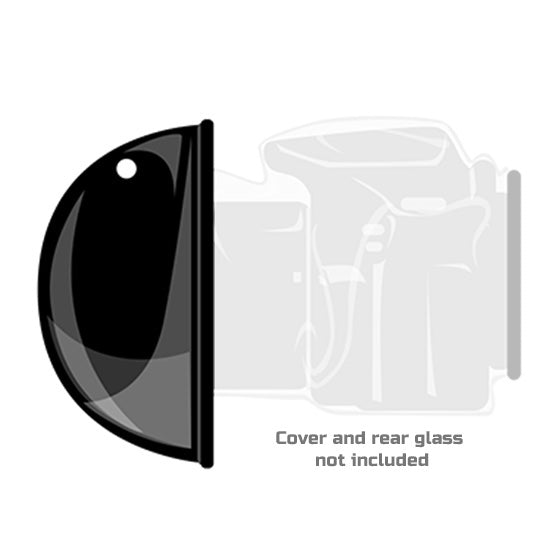
Product description:
The Dome Lens Add-on Kit is the perfect solution to add a Dome Lens to your existing Pro Kit or Entry Kit and enhances your underwater photography skills with split level photography. Dome photography is best used with a wide-angle or fish-eye lens, but will also work with various focal ranges.
What ships with your kit:
- Outex Glass Dome w/ protective neoprene cover
- Adaptor and/or Clamp for lens you specify to mount Dome
You can purchase additional Dome adaptors and/or Clamps in Shop By Parts so the same Outex Glass Dome supports multiple/any lens.
Dome adaptors = filter thread size
Dome clamps = un-threaded lenses, such as fisheye, permanent hoods, etc.
You can purchase additional dome adaptors and/or dome clamps in PARTS. They are interchangeable with the domes.
USE COMMENTS FIELD AT CHECKOUT FOR SIZES/COMMENTS/QUESTIONS
Dome Kit Add-on features:
-
Works with virtually all lens
- Works only with Outex Pro Kit and Entry Kits
-
Glass optics for professional results with your underwater photography
-
Waterproof to 10 meters/33 feet underwater
- Read our FAQ about Dome Lens Underwater Photography
- Read our FAQ about the advantages of Glass Dome Underwater Photography
- Read our FAQ about the difference in our Flat Port Front Glass vs. Domes
Installation:
Facts about Dome Ports and advantages they offer in underwater and split-level photography
- Made using optical glass ports - not plastic or acrylic
- Accommodate all lenses (any lens), whether they have filter threads or not.
If your lens does not accommodate filters and therefore does not have filter threads, as is common with fisheye, curved, and hooded lenses, you will need to use the Outex Domes. Both domes are therefore universal, and optimally connect to your lens using either dome adaptors that thread onto the lens like our flat ports do, or clamp onto the lens securely. You can search for videos and detailed information on those using the keyword search feature of our website. We support all lenses, and you can purchase as many dome adaptors or clamps as you wish for your Outex dome. And even as manufacturers launch new lenses, we can simply make new clamps or adaptors that protect your investment.

Difference between dome vs. flat ports for underwater images

Domes are ideal for underwater and split-level (half over/under) photography, because they correct for aberrations that occur as light travels at different speeds above and below water. Outex ports, including domes, are made of optical glass.
These examples illustrate some common issues addressed in this entry. We get into additional detail below. Photo below using Outex Pro Kit + Dome 180mm

Outex Pro Kit flat vs. dome optical glass ports side by side comparison. Outex dome ports come pre-packaged in a neoprene protective case to help store and protect them.
As with most things in image-capture, there are a number of factors that influence the results, including the camera, lens, focal length, the settings used, lighting intensity & angle, composition, distances between the camera & subjects in the composed frame, as well as the clarity & opacity of the water.
There's no right or wrong when it comes to photography or cinematography. Only desired outcomes, and the creator's ability to execute/achieve that vision or objective. The Outex system is designed with that in mind. The system is modular, and allows you to use domes or flat ports interchangeably, depending on what you'd like to accomplish. You can learn about the benefits of the domes in other entries of our Questions/FAQ page. For example, here.
Dome Ports Benefits Summary
-
Domes make it better; Domes help correct aberrations that occur when light changes speed as it travels from air into water. This "bending" of light that occurs can create optical distortions where objects appear broken or discontinuous above vs. below water. Domes also help reduce the magnification that occurs underwater, repairing that continuity from above to below the water.
- Size matters; Bigger domes are better than smaller domes, for a number of reasons. In short, larger domes create more separation between the camera sense, lens, and waterline, further alleviating distortions for the equipment. In pushes the water further away as well, circumventing certain lenses' minimum focal length restrictions and reducing virtual image limitations. You can look up virtual image online, but in short, certain lenses require a minimal focal distance, and that distance can only be achieve if the dome is large enough. The tradeoffs for larger domes are; it's heavier, bulkier, and pricier than its smaller counterparts, or flat ports. The smaller dome gives you great value and transportability.
- Focal length matters; Using very long focal lengths are not practical underwater for a number of reasons. There's magnification anyway, that makes submerged objects appear closer/larger to begin with. And the user will also be fighting water clarity, opacity, and lighting, all of which play a much larger role underwater. So while Outex allows you to use virtually any lens underwater, and is designed to match/pair the dome's position at each lenses optimal place, we recommend you use wider, shorter-focal-lenghts for your underwater work.
- Glass is optically superior; Glass domes are optically superior to plastic or acrylic, and they do not scratch as easily. All of the Outex ports, including its domes, are American or European made glass.
- Universal fit protects your investment; Both Outex glass domes are designed to fit any/all lenses thru adaptors, which fit lens with filter threads, and clamps, which attach to unthreaded, hooded, or fisheye lenses. This design protects your investment over time, because the ports are universal, and you can add additional clamps or adaptors as you change/add lenses in your arsenal over time, even for lenses that don't yet exist. It's also engineered to optimize optical placement around the fitted lens in use. Many housings have a fixed dome and your lens "floats" inside it, which means you may have vignetting or other impediments during use. Outex's adaptors and clamps anchor to the camera and the lens, and position the Dome where you are guaranteed not to vignette, and where your optical capabilities are optimized for that particular lens. It borrow's from that lenses physical characteristics, such as filter thread positioning, fixed hood, and size, to determine the optimal position of the Outex dome around it. It still allows you some control, but does most of the work for you.
- Domes are ideal for split level and underwater use; While dome ports will not take anything away from your work above water, their impact or difference above the surface is irrelevant. So the additional weight and bulk makes the flat port a much better solution on land, rain, mist, etc. Domes can also adhere to water in unpredictable ways. That difference is why we also treat our dome vs. flat ports differently at manufacturing. Both are tempered glass. Our flat ports are also nano coated with an oleophobic & hydrophobic film to reduce water cohesion and droplets from sticking to the lens. You can learn more about dealing with water drops and adhesion to the port in a different entry on our Questions page here.
There's additional information in the Questions pages/menu of our website on this subject.
Outex user Community
Our worldwide community continues to grow and encompasses enthusiasts and professionals in a variety of areas. Explore...

